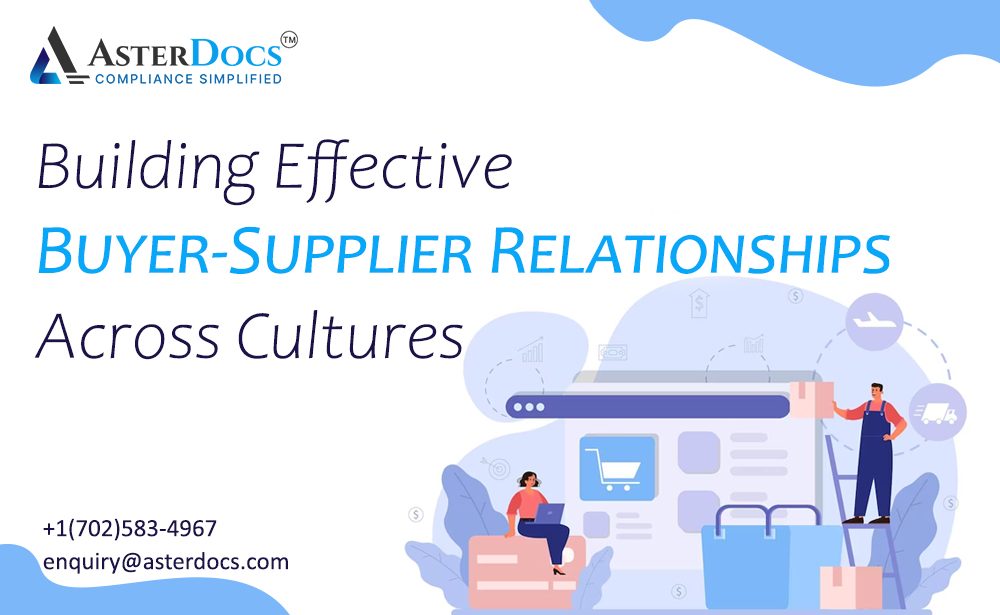Introduction
In today’s globalized business landscape, buyer-supplier relationships often transcend borders, bringing together diverse cultures and languages. However, these differences can create communication challenges that impact collaboration and hinder success. Bridging cultural and language barriers is crucial to establishing effective buyer-supplier relationships and unlocking their full potential.
This blog explores strategies to overcome these barriers, enhancing communication, fostering collaboration, and achieving mutual success in international business partnerships.
Understanding Cultural and Language Barriers
Cultural and language barriers pose significant challenges in buyer-supplier relationships. They can lead to misunderstandings, miscommunication, and mistrust, hindering collaboration. Organizations must recognize the impact of these barriers and take proactive measures to address them. Data and facts show these challenges’ prevalence and impact on business outcomes.
Importance of Cultural Intelligence
Cultural intelligence, the ability to understand and adapt to different cultural norms and practices, is crucial in buyer-supplier relationships. Developing cultural intelligence benefits buyers and suppliers by improving understanding, fostering empathy, and building trust. Successful collaborations have been built on cultural intelligence, enhancing communication and mutual respect.
Effective Communication Strategies
Effective communication is essential in overcoming cultural and language barriers. Active listening, clarity, and empathy are key to successful cross-cultural communication. Organizations should leverage translation tools and provide language training to facilitate understanding and bridge language gaps. Clear and concise communication promotes a shared understanding and builds trust.
Building Trust and Understanding
Trust is the foundation of successful buyer-supplier relationships. Cultural understanding plays a vital role in building trust, demonstrating respect for different perspectives and practices. Relationship building and intercultural training are effective strategies for fostering trust. Buyers and suppliers can establish strong and collaborative partnerships by investing time and effort into understanding each other’s cultures.
Adapting Business Practices
Adaptability is crucial when dealing with cultural differences in buyer-supplier relationships. Business practices, negotiation styles, and decision-making processes vary across cultures. Organizations should embrace flexibility and adapt their practices to accommodate cultural variations. This enables smoother interactions, minimizes misunderstandings, and promotes productive collaboration.
Leveraging Diversity for Innovation
Cultural and language differences can generate innovation and creativity in buyer-supplier relationships. Embracing diversity allows for different perspectives and approaches, leading to unique solutions. Successful case studies highlight the power of cross-cultural collaboration in driving innovation and achieving competitive advantage.
Conclusion
Bridging cultural and language barriers in buyer-supplier relationships is vital for collaboration and mutual success. By investing in cultural intelligence, effective communication strategies, and adaptability, organizations can overcome these barriers and unlock the full potential of their international partnerships. Embracing diversity, fostering understanding, and promoting open dialogue pave the way for enhanced collaboration, trust, and innovation. Businesses can establish strong buyer-supplier relationships that drive long-term success by prioritizing efforts to bridge cultural and language gaps.













